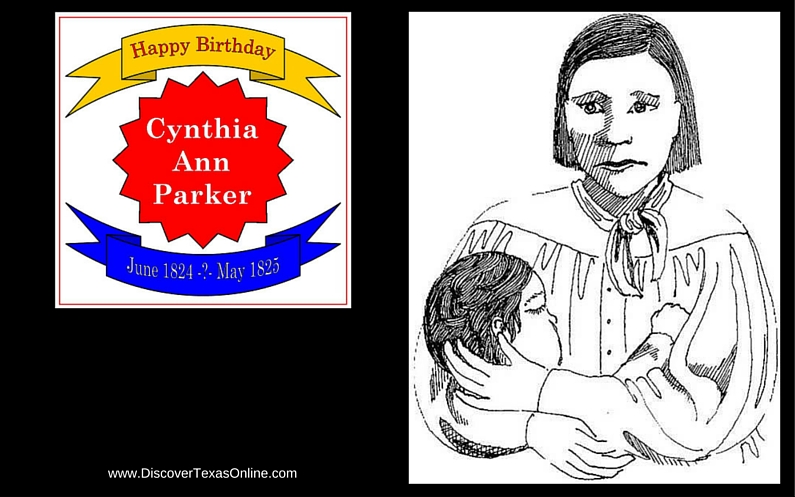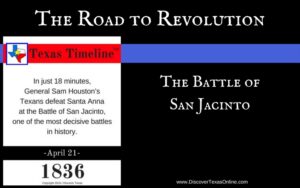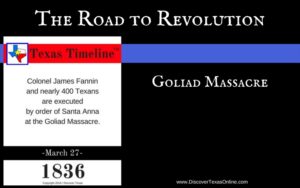
As near as historians can tell, Cynthia Ann Parker was born sometime between June 2, 1824 and May 31, 1825 in Crawford County, Illinois. Her parents, Cilas and Lucy Parker, came to Texas with their extended family around 1834. Her grandfather, John Parker, hoped to establish a fortified settlement fortified against Comanche raids on the Navasota River near present day Groesbeck, Texas. John Parker had experience as a ranger, scout, Indian fighter, and negotiator with various Indian nations that he thought would ensure his family’s safety.
Unfortunately, he was wrong.
On May 19, 1836, shortly after the Texas Revolution, a band of up to 600 Comanche and Kiowa warriors attacked Fort Parker, catching the settlers off guard and in the open. Cynthia and five others watched in horror as the others in their family were cruelly tortured and murdered, then the captives were led away.
Texans quickly mounted a posse to rescue the survivors. One young girl managed to escape, and the others were later ransomed, but Cynthia Ann remained with the Comanche for nearly 25 years.
Eventually she assimilated into the tribe. The Coimanche called her Nadua–“someone found.” She learned their language and their ways and eventually married a Comanche chieftain, Peta Nocona. They had three children–Quanah, Pecos, and a daughter named Topsana, or Prairie Flower. Quanah Parker grew up to become the last free Comanche chief.
In December 1860, a band of Texas Rangers led by Lawrence Sullivan Ross discovered a Comanche tribe encamped near Waco and quickly staged a surprise raid. Cynthia was captured as she tried to escape to safety with her two-year-old daughter. When the Rangers discovered that she had blue eyes, they questioned her. Though she had almost forgotten how to speak English, she was able to give her name, and the Rangers realized that she was the last missing survivor of the Fort Parker massacre. Against the better judgment of some, they returned her to her uncle, Colonel Isaac Parker, who lived near Birdville.
The story of her rescue created quite a sensation. The Texas legislature took steps to grant her a league of land and an annual pension for the next five years, but Cynthia Ann grieved for her husband, her sons, and her Comanche people. She tried to run away to return to them, so her uncle guarded her closely. The confinement and attention only added to her discomfort. When little Topsana died of influenza, Cynthia Ann’s grief consumed her. She refused to eat and died of influenza in March 1871.
In 1910, after settling his people on a Comanche Reservation near Cache, Oklahoma, Chief Quanah Parker had his mother’s body moved and reburied with her people. When Quanah died in February 1911, he was buried beside her.




Jerry Lawrence
Thanks for sharing your post about Cynthia Ann Parker. My great-great-grandmother was Cynthia Ann Parker’s Aunt.
Lynn Dean
How interesting! I love those intersections of history and personal genealogy. 🙂